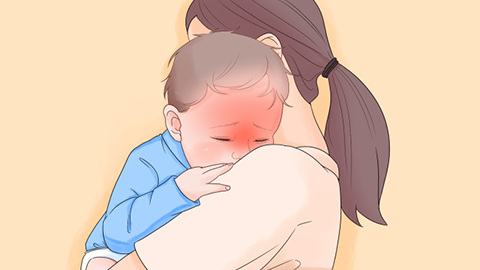How to care for an infant with fever who is sleeping
Generally speaking, fever refers to an elevated body temperature. Nursing care for a baby with fever who is sleeping can include regular temperature monitoring, maintaining an appropriate environmental temperature, ensuring adequate hydration, physical cooling methods, and close observation of the baby's condition. The details are as follows:

1. Regular Temperature Monitoring
Regular monitoring of body temperature allows timely awareness of the baby's fever and provides a basis for further nursing measures. It is recommended to use an electronic thermometer, which shortens the measuring time and reduces the baby's discomfort.
2. Maintain an Appropriate Environmental Temperature
An appropriate environmental temperature helps the baby dissipate heat and prevents excessive elevation of body temperature. Adjust the baby's clothing and bedding according to the indoor temperature, avoiding excessive wrapping that may hinder heat dissipation. At the same time, maintaining a quiet and dim indoor environment is beneficial to the baby's sleep.
3. Ensure Adequate Hydration
Fever may cause fluid loss in the baby's body, so maintaining adequate hydration helps prevent dehydration. While the baby is sleeping, prepare some warm water or breast milk for the baby to drink as needed. If the baby wakes up and shows signs of thirst, provide fluids immediately.
4. Physical Cooling
Physical cooling can help reduce the baby's body temperature and relieve discomfort. If the baby's temperature does not exceed 38.5℃, physical cooling methods can be used. For example, wiping the baby's forehead, neck, armpits, and groin areas with lukewarm water can help dissipate heat.
5. Close Observation of the Baby's Condition
Closely observing the baby's mental status, breathing, and temperature changes helps detect abnormalities promptly and take appropriate action. While the baby is sleeping, parents should regularly check on the baby. If the baby shows signs of listlessness, rapid breathing, persistent fever, or rising temperature, seek medical attention immediately.
Proper sleep care during a baby's fever requires attentive observation and careful nursing from parents, which can help the baby better cope with the discomfort caused by fever and promote recovery.







